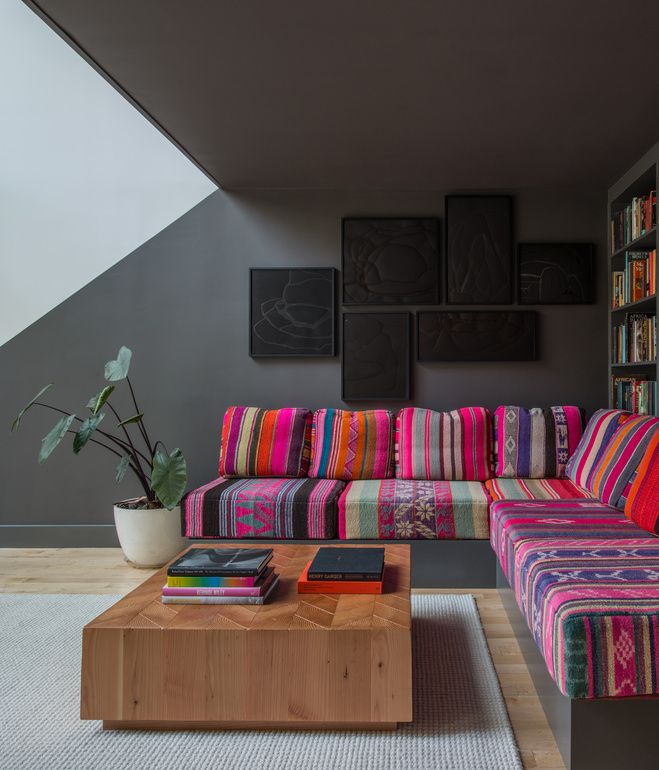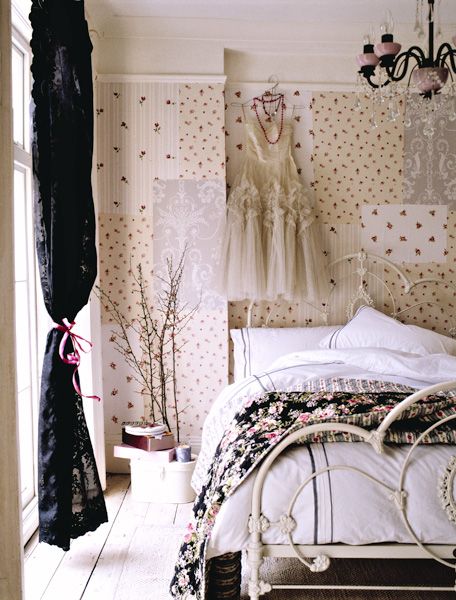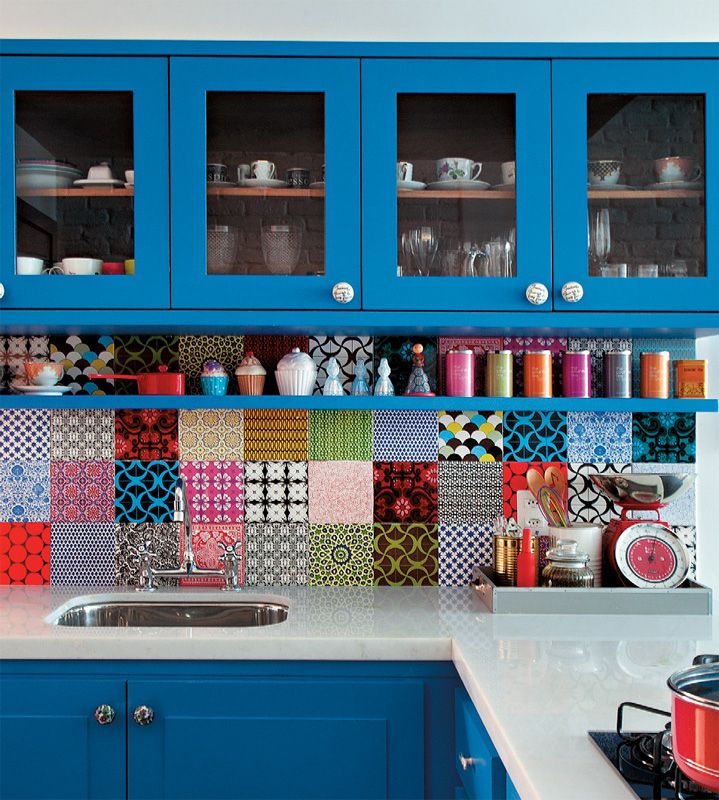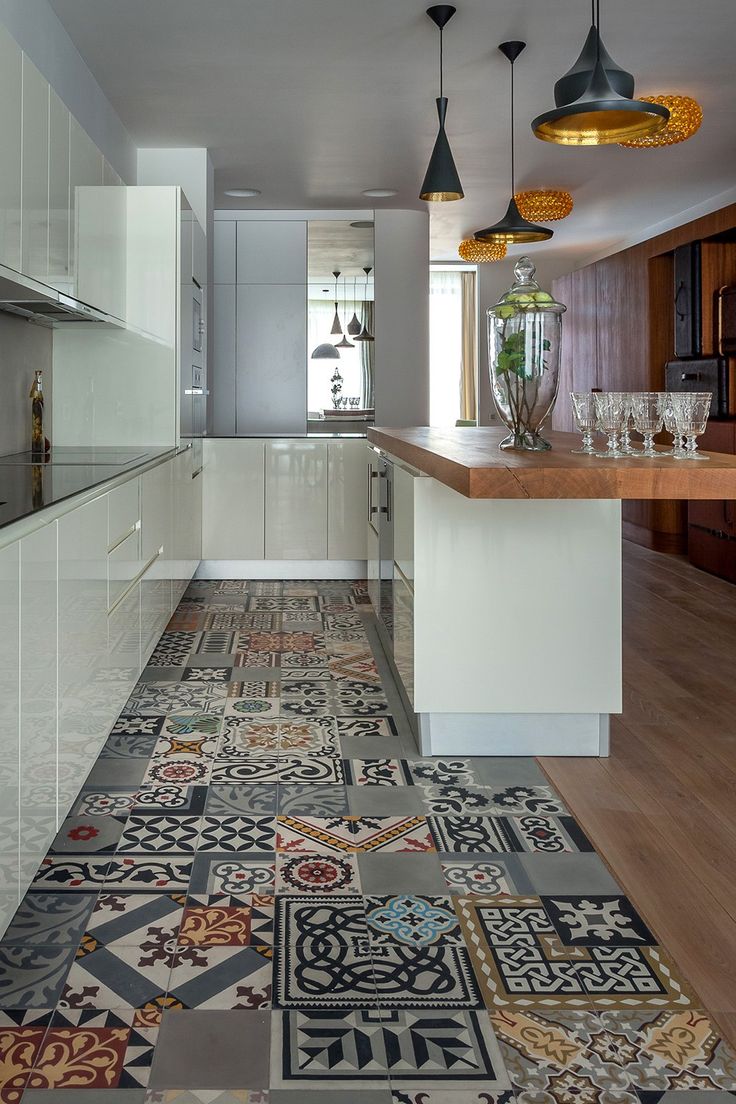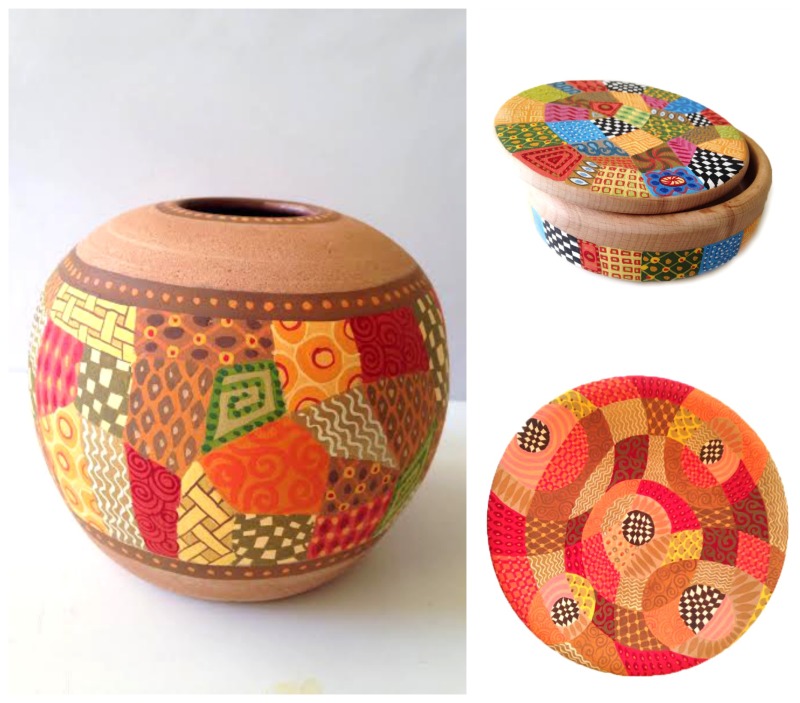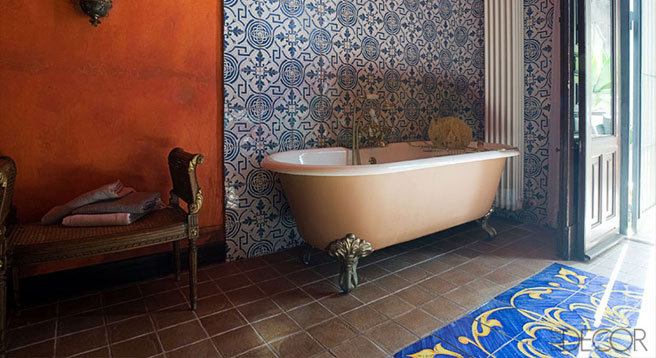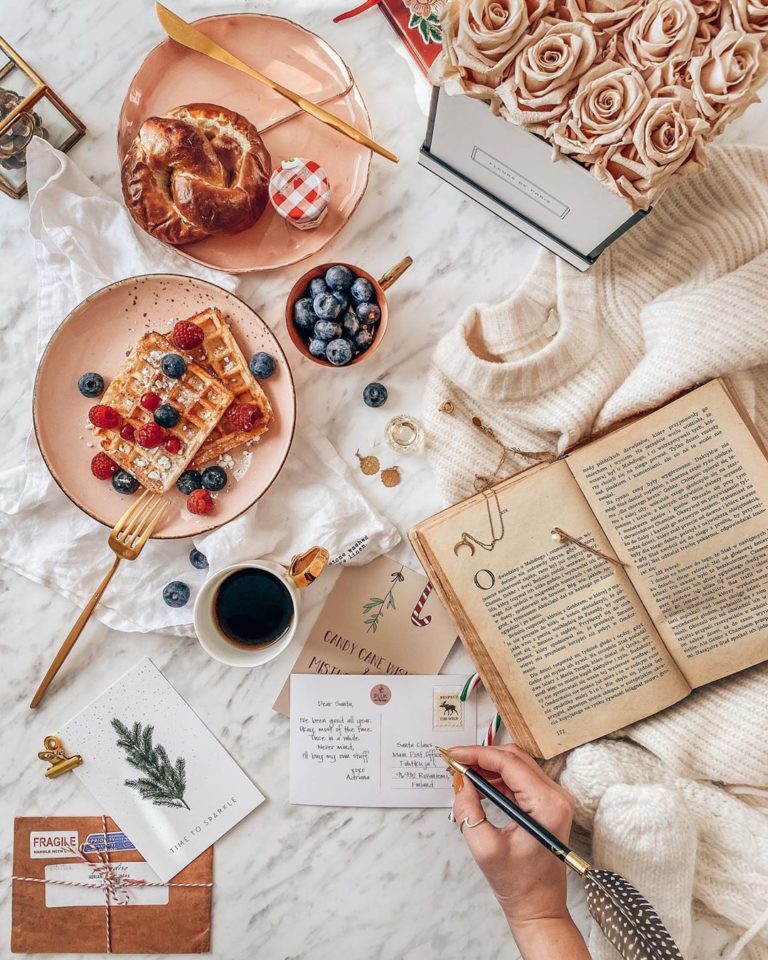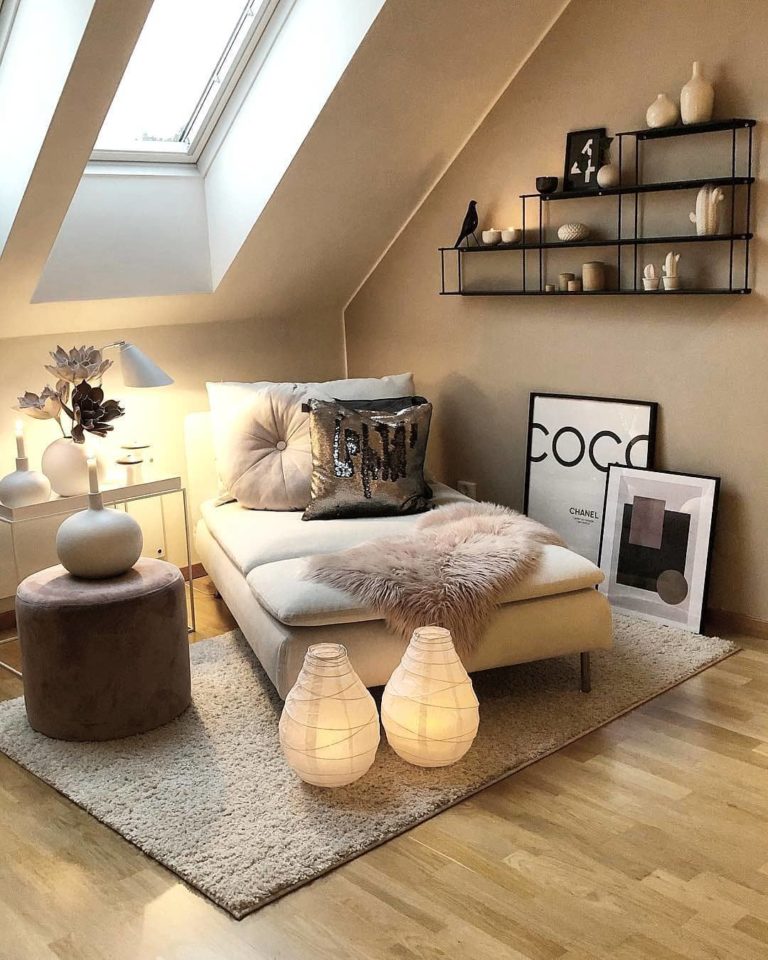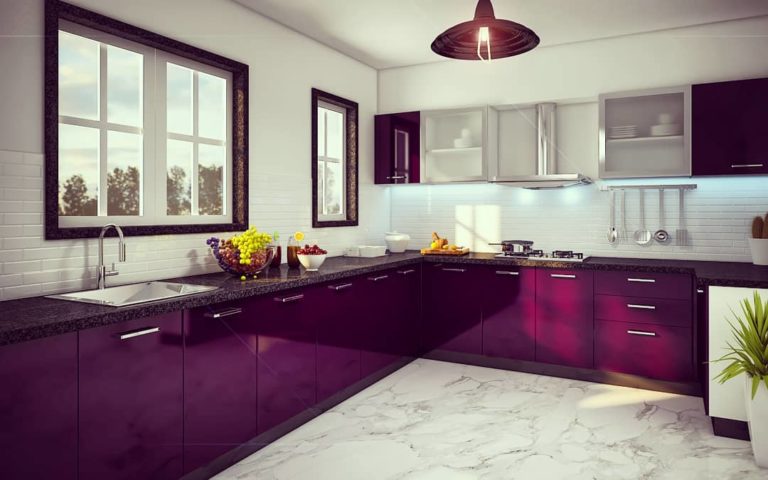Patchwork Design Ideas in Contemporary Decor
Many people associate patchwork mainly with Shabby chic and Country spaces. In the meantime designers successfully apply patchwork ideas in modern interiors and found many new creative ways of using them in contemporary decor.
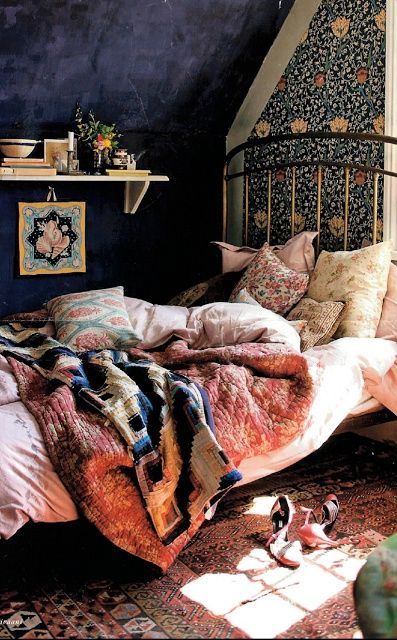
It is hard to say who and when exactly invented the patchwork. The earliest examples were found in the Egyptian tombs and also in China around 5000 years ago. Today patchwork is not just textiles. Designers are using the idea of combining blocks of various patterns and sizes to create original and exclusive ornament for wallpapers, tiles, furniture, etc.
DESIGNER FURNITURE
Sofa or chair upholstered in colourful patchwork textiles will inevitably become a focal point in any room. Let it play the chief role and avoid clashing colours and designs which will distract attention and create too much “noise” in a space. Monochromatic walls in neutral colours will be possible the best choice and become the perfect backdrop for such an eye-catching piece. The rest of the furniture should be calm and minimalistic – give preference to contemporary sleek forms and neutral colours. Dark walls, such as charcoal or grey can be especially effective, highlighting the vibrant and bright colours of patchwork pattern.
TILES AND WALLPAPER
One or two wallpapers from the same collection is dull and boring, while combing little blocks with various design and colour is a bold, new and creative approach for decorating your walls. Creating a patchwork wall decor though is not about collecting any wallpaper leftovers from a supermarket and sticking them together. To achieve harmonious and pleasant look you should take in considerations how all these little pieces match with each other. Combining them in a single panel requires skills and certain design experience: you should know how to mix different patterns and colour schemes. To make life easier don’t go for all individual designs: instead, pick 4 or 5 and use them in repetition. Try to match them by colour too: for example the green of background on one paper can be on the other in the form of leaves or decorative ornaments.
Patchwork tiles – perhaps too much for an entire wall, but for a small surface, such as backsplash or feature wall, can be a wonderful and unconventional choice:
Another option – putting them on a floor or risers on a staircase:
HOME TEXTILES
That’s perhaps the most common and traditional way of incorporating patchwork in home decor. Colourful quilts, cushions, carpets will bring life to any space and will make it looking a bit relaxed and hippie. Add around some natural wood and crispy white for achieving more light, airy look:
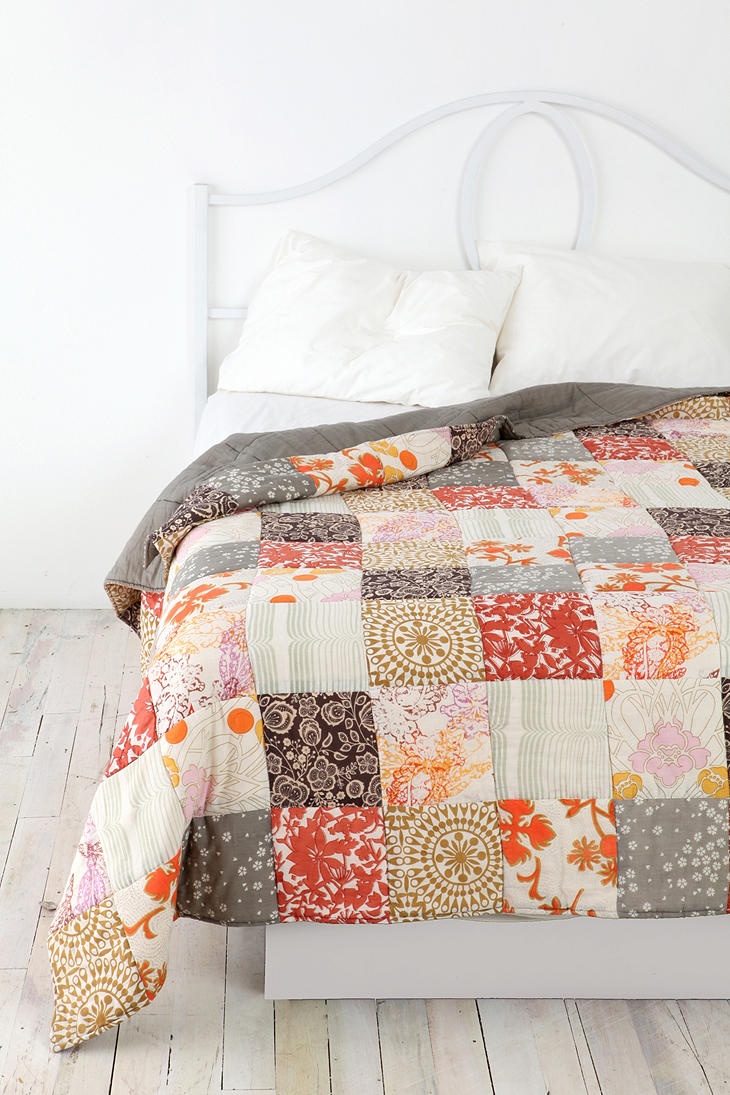
Don’t know why, but I just fell in love with this amazing curtain made of different lace pieces: so easy to make it yourself and hang somewhere in a boudoir or a little bohemian nook:

DECORATIVE OBJECTS
Patchwork pattern inspire many designers and artists for creation of beautiful and unique home accessories and objets d’art. Have a look at these amazing pieces, created by talented Armenian artist Anush Khemchyan, which are available in my boutique:
How To Add Patchwork Around Your Home
With how patchwork can liven up your home, you might want to add it in a few places. You shouldn’t have to go shopping to pick patchwork items up, however. By picking up a Handi Quilter Forte, you’re in prime position to start making them yourself. Depending on what you’re making, this shouldn’t take much time.
For a quilt or something similar, you’ll start by cutting out the patchwork pieces. While these can be of any size, you should make sure they’re all the same length and width. After this, it’s simply a matter of sewing them together, before quilting them to your batting. When you’re following this step, you should make sure there are a few inches of additional batting left over.
That can be cut once you’ve made the patchwork quilt. If you’re adding a trim, then this would be the time to do so. Following that, it’s a matter of attaching your batting and tufting the layers. While the process itself can take some time, it shouldn’t be too difficult.
You can also repeat it with different fabric-based patchwork pieces. If you’re making a couch with DIY patchwork, for instance, the process will be relatively similar, with a few minor changes.
In other places, such as your kitchen and bathroom, it could be much easier to add patchwork items. For these, you could pick up nice patchwork tiles and other items. There could be a DIY approach in painting blank ones yourself before installing them. That could prove to be more complicated than it’s worth, however.
Talking about patchwork, people are usually divided into two categories: those who love it and those who hate. Which camp is yours? Share your thoughts in the comments below.
© L’Essenziale Home Designs, 2014. Unauthorized use and/or duplication of this material without express and written permission from this blog’s author and/or owner is strictly prohibited. Excerpts and links may be used, provided that full and clear credit is given to Anna Kovalchenko and L’Essenziale Home Designs with appropriate and specific direction to the original content.

